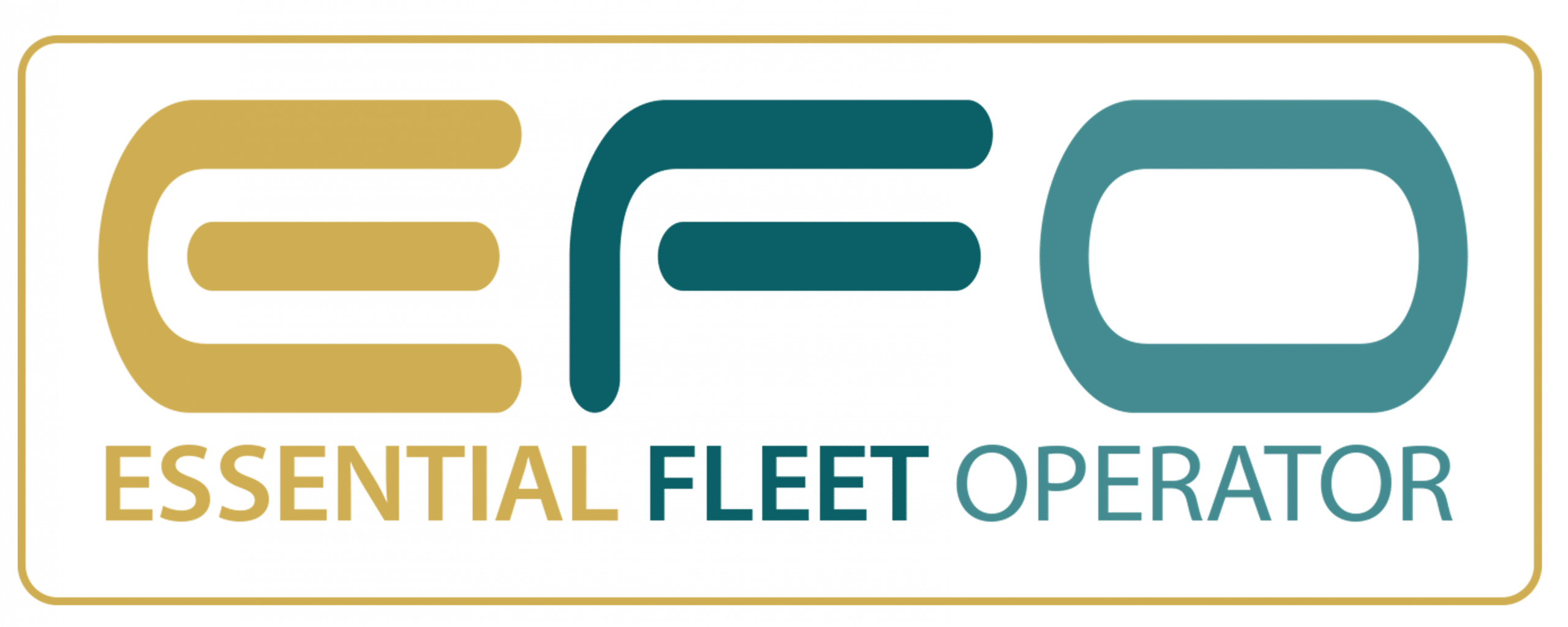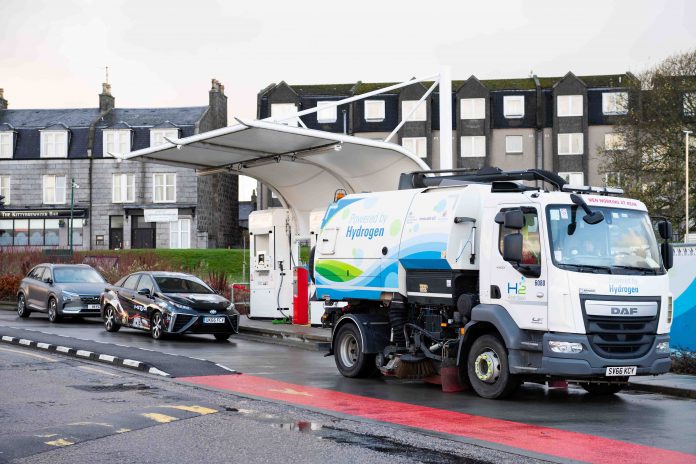By: BOC Clean Fuels Team
In its recent publication ‘Bus Back Better: National Bus Strategy for England’, the government made clear that it expects: “all LTAs to work with bus operators and energy providers to decarbonise the local bus fleet in their Bus Service Improvement Plans.” It is also providing funding through the £120 million Zero Emission Buses Regional Area (ZEBRA) scheme. What zero-emissions strategy LTAs choose to adopt, however, is open to individual authorities to decide. According to the Bus Back Better announcement: “Zero-emission buses can run on electric batteries or hydrogen fuel-cells… we will consider all technologies fairly.”
While both technologies have their strengths, hydrogen fuel cells do have advantages over batteries for larger electric vehicles, especially those that need to cover large distances. But hydrogen technology – and its infrastructure requirements – may suffer from being less-well understood. Forward-thinking councils are already converting fleets to hydrogen, but if you’re not sure where to start, here’s a quick guide to on how to kick-start hydrogen infrastructure to support the drive to decarbonise transport.
What vehicle types are available?
The range of vehicle types fuelled by hydrogen is expanding and now includes buses, cars, refuse trucks, road sweepers, gritters, vans and even forklift trucks. Hydrogen is especially suited to large and heavy electric vehicles, as it avoids the need for large batteries, offers a similar range to diesel and has a fast and familiar refuelling process.
How big a project will it be – and how can I fund it?
You can start the journey to zero emission fleets with a single hydrogen refuelling station large enough for about 10 buses and a small fleet of vehicles. Or you can join forces with other organisations to build a shared refuelling facility with a larger vehicle usage which can dramatically bring down the price of hydrogen. If you want to start small and build as demand increases, that’s no problem either. You can take a modular approach to the design and build of your refuelling station.
If you commit to a high-volume refuelling hub, a hydrogen fuel specialist like BOC, may even finance it for you. You may also be able to take advantage of the Government’s Zero Emission Buses Regional Area (ZEBRA) scheme, which has already committed to making £120 million available to councils for the purchase of zero emissions buses and the reduction of carbon emissions from local public transport.
Where can I put a hydrogen storage and re-fuelling facility?
As well as the dispensing pumps, a refuelling station will need space to store the hydrogen and an electrolyser to produce it. However, the space needed is typically no bigger than a traditional petrol forecourt. Layouts can be designed to fit almost any space and sites can be safely located within a residential area if required.
How can I source renewable energy for green hydrogen production?
To produce green hydrogen, you need renewable energy. We work with customers to source this directly from local wind or solar farms or buy from a supplier. Under the latest government proposals, an electrolyser would no longer need a direct connection to a renewable generator for its hydrogen to count as green.
How safe is hydrogen?
Hydrogen refuelling stations are safe. You must of course ensure appropriate safety distances from nearby assets, but this can be calculated and built into the engineering design. Hydrogen storage vessels are purpose built and designed to maintain pressures at optimal, safe levels and pumps are designed to ensure a safe connection between the dispenser and vehicle – with effective system safety checks every time hydrogen is dispensed.
How long will it take to complete the project?
Typical total build time is around 15-18 months. This includes planning permission, civil engineering works, construction and commissioning. The current lead time for hydrogen electrolysers is about 12 months and for compression tanks it’s about nine months.
Proven technology
When Aberdeen City Council wanted to develop a cleaner public transport network, it worked with BOC, to develop, install and operate a tailored, state-of-the-art hydrogen refuelling station. The facility, based at the Kittybrewster bus depot, produces green hydrogen from electrolysis on site, and supplies the current fleet of ten 42-seat buses that travel up to 350km each day. Kittybrewster is now accessible to all hydrogen-fuelled vehicles, including double decker buses and private vehicles, and has attracted over £20m of investment into Aberdeen.
Action
Opting for hydrogen refuelling to decarbonise your transport fleets is simpler than you think. The first step is to find the right partner. A good hydrogen fuel specialist should be able to manage the whole project, from assessing specific transport and infrastructure needs to advising on funding, design and development of the facility. It should even operate and maintain it for you.
If you need to get your team on board with the project, you might find BOC’s guide to Decarbonising Transport with Hydrogen Hubs a useful resource. It contains all the information in this article and more in a handy PDF format.




